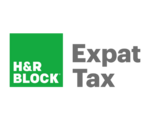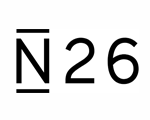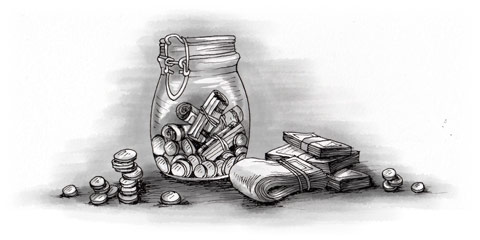Initially, you will probably be issued with a debit card, which permits you to use your bank’s ATMs ( distributeurs automatiques) for deposits, withdrawals, transfers of funds and, in most cases, bill payments and other standard forms of transfer between accounts. Most debit cards also give you access to any ATM that’s part of the related debit card network (such as Maestro or Cirrus), although some banks make charges for use of another bank’s machines. You can also use debit cards to make purchases at many shops and petrol stations. Debit cards are often preferred to credit cards, as the money is credited almost immediately to the vendor’s bank account.
Debit cards normally have an electronic chip embedded in them, which allows them to be read by special machines. You need a four-digit code (referred to as a PIN : Personal Identification Number) to validate a transaction or to use your card in a bank machine. In Belgium, the major types of debit card are Bancontact, Mister Cash and Maestro, which are accepted wherever the relevant logos are displayed.
As of 2016, it is possible to pay with contactless cards in Belgium. If you get a bank account at a Belgian bank, you’ll probably be given one of these without having to ask. For purchases less than €20, you can just pay by hovering the card over the card terminal - you don’t even need your pin. For security reasons, you can only use the contactless payment method up to three times a day when you pay exactly €20, as it flags a warning that someone has stolen your card and is trying to maximise their spending.




